Culture
Unforgettable: Melo Esguerra Reports from Art Basel Hong Kong
From the highest selling artwork at the festival, to an artistic social commentary, columnist Melo Esguerra shares why Art Basel HK was unforgettable.
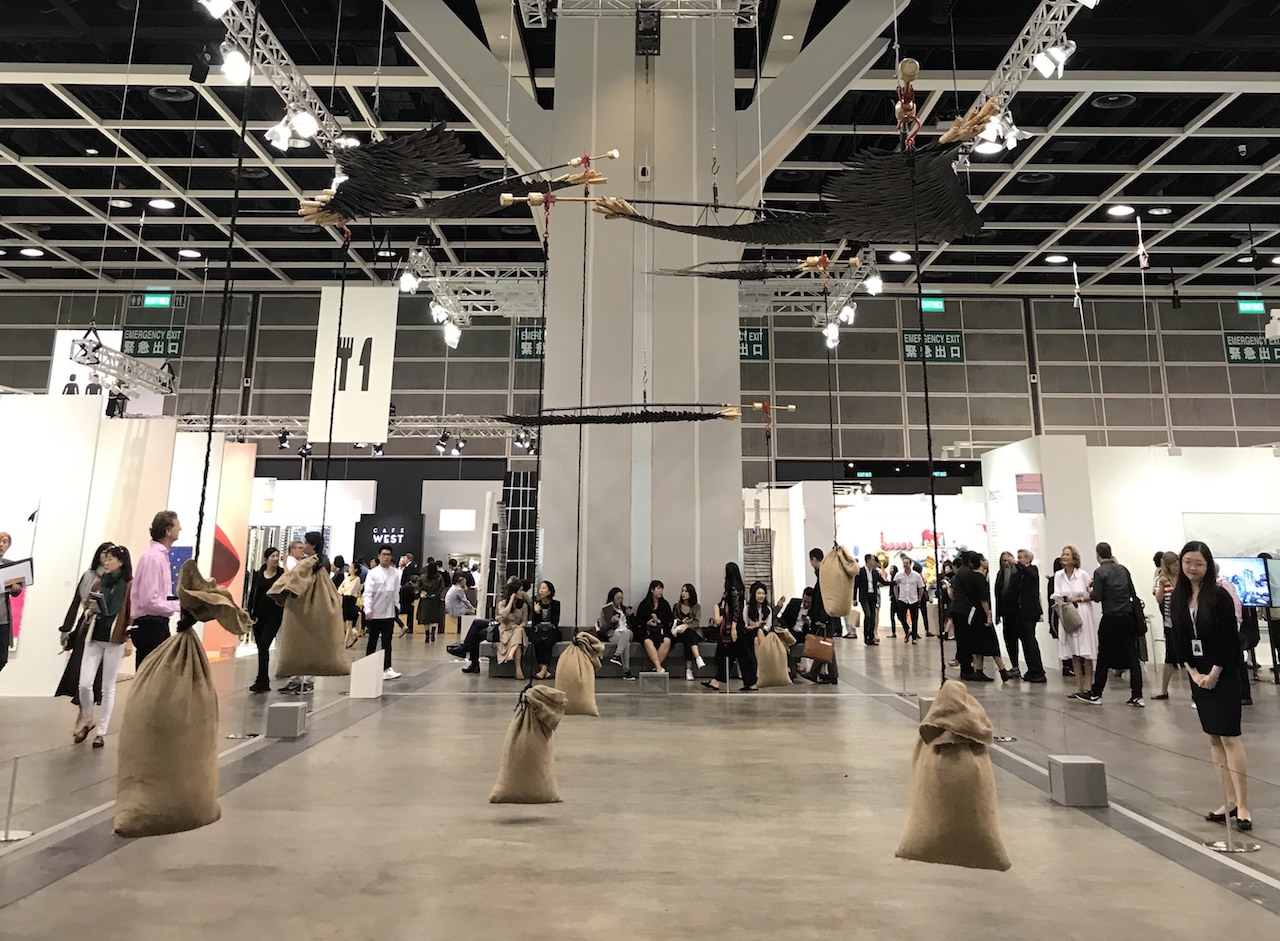
It’s an honor, privilege and a great deal of responsibility to be writing a weekly column for Zee online. In my five years as Editor-at-Large at the magazine, I have become an adopted Cebuano, and deeply proud of it. To be able to continue to share my unforgettable adventures in life, and being able to write about things that move me, is a gift that I will always be grateful for.
“Unforgettable” is not just a favorite word. It’s a life philosophy for me. It’s a guiding light, that I live to make every experience and encounter I have with people and places, unforgettable. I will be writing about my remarkable adventures, focused on style, art and travel.

The Left Wing installation was one of the highly anticipated pieces at Art Basel this year, with kinetic sculptures that were metaphors for socio-political realities for agrarian societies in Asia.
I am in Hong Kong at the moment, immersing myself in the Hong Kong Art Week, one of the most exciting times to be in the city. Art Basel Hong Kong returns for its sixth edition this week. Featuring 248 leading galleries from 32 countries, the fair showcases a wide range of masterpieces. There are early 20th century work, alongside contemporary work by both established and emerging artists–Andy Warhol, George Condo, Jeff Koons, Frog King. There are also Filipino artists Alfredo and Isabel Aquilizan, Manuel Ocampo, and many more.
Art Basel HK opened its doors to collectors, movers and shakers in the art world. It is an essential event on the art calendar, offering a glimpse at the best artwork from the Asia-Pacific region and the world’s top galleries.
Merely an hour and a half into Art Basel Hong Kong’s private view on Tuesday–a by-invitation-only event attended mostly by collectors–Willian de Kooning’s Untitled XII was sold for USD 35 million to Brett Gorvy of Lévy Gorvy Gallery, from the renowned collection of Microsoft co-founder Paul Allen. It is the most expensive work known to have been sold at the Hong Kong fair.

Alfredo and Isabel Aquizilan created the Left Wing Project, an installation in collaboration with farmers and blacksmiths from Indonesia.
The entire space was overwhelming, so I decided not to overdose on all the artwork on exhibition. But the one thing I most anticipated was the Alfredo and Isabel Aquilizan’s installation, entitled the Left Wing Project. It was an installation made of sickles, weighing scales, sacks of rice, rope, motors and sounds. This immense, site-specific installation features seven wing-like kinetic sculptures, made from hand-forged sickles hung from the ceiling. They are counter-balanced by sacks of rice suspended from weighing scales. The wings are synchronized alongside a symphony of sounds recorded from Javanese sickle factories. Left Wing Project (Belok Kiri Jalan Terus) is part of an ongoing body of work created in collaboration with farmers and blacksmiths from Yogyakarta, Indonesia. It continues the artists’ research into the complex social and political realities facing contemporary agrarian societies in Asia.
“It was most challenging for us to install our work in the given space, but we did it and we are very happy with the results,” Isabel Aquilizan shared at the Conversations discussion.
The Left Wing installation is massive and hypnotic, and one of the most important artwork on exhibition at the Art Basel this year! It’s truly unforgettable! To the Aquilizans, art and life are always together–and I couldn’t agree more.
Stay tuned for my other unforgettable updates here from Hong Kong Art Week.
Culture
Cebuano Pride: The National Museum of Cebu
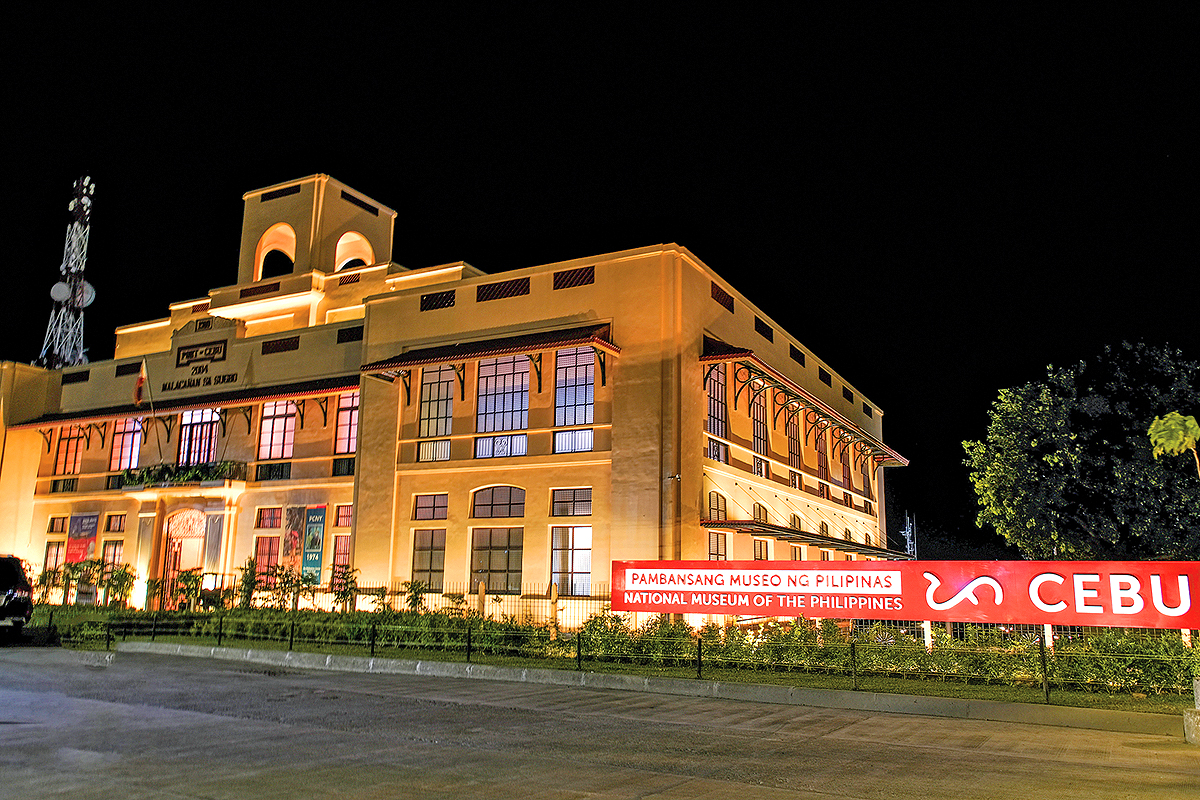
Pride of Cebu
By Eva Gullas
photos courtesy of DOT

Cebu City Tourism’s Neil Odjigue, Cembeth Hortillano and CCTC Chairperson Joy Pesquera

Museum Director Jeremy Barns, Maryanne Arculli, Andronik Aboitiz and wife Doreen, Amanda Luym

Some of the abstract art from the New York collection

Writer Eva Gullas beside Elmer Borlongan’s Battle of Mactan
Culture
The Uncommon Traditions that Mexicans and Filipinos share when celebrating the Day of the Dead.
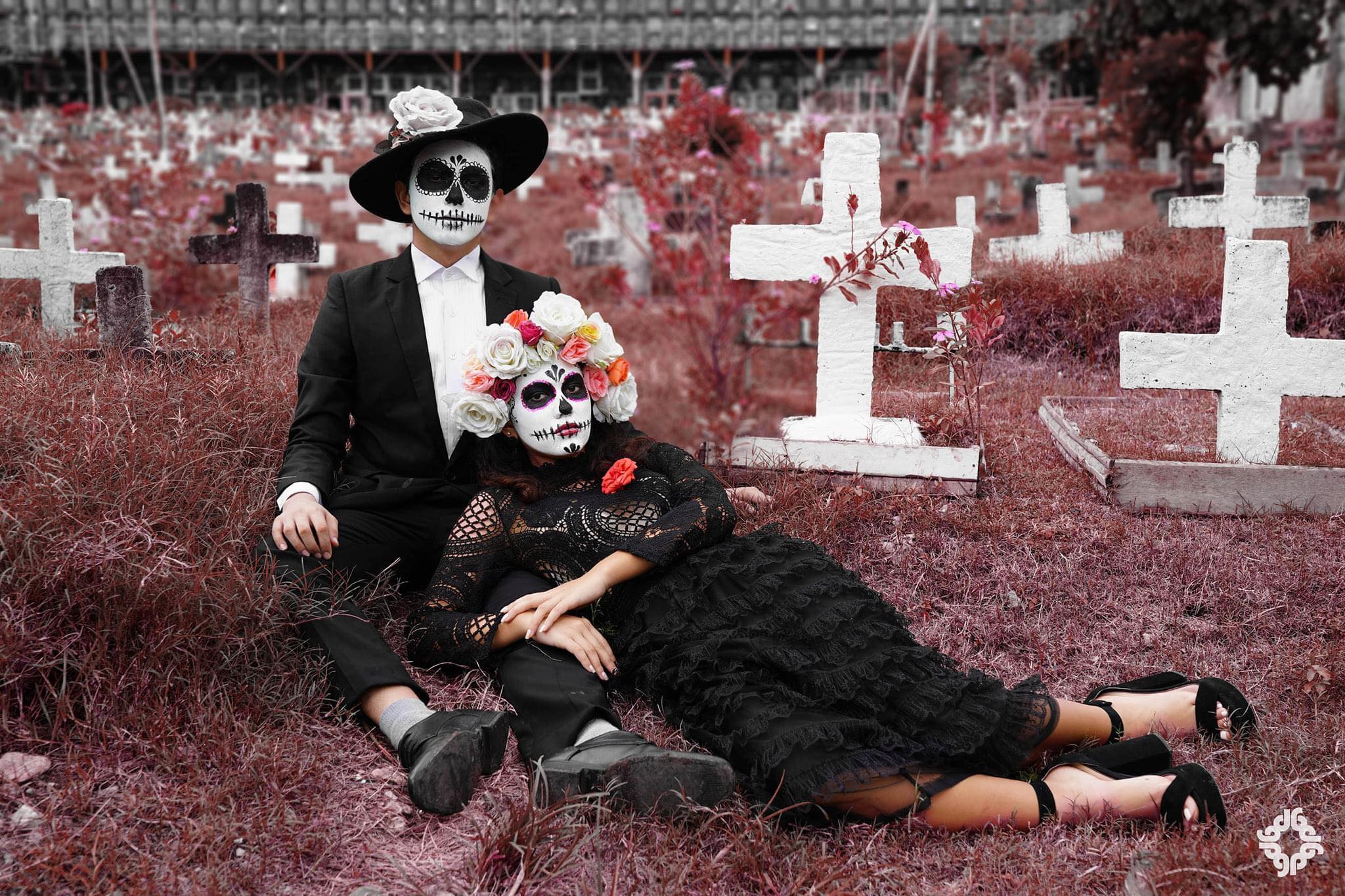
Dia de los Muertos
By Allain Dumon Fonte
The 2nd of November is All Soul’s Day, a holiday that is very important to many Filipinos to remember our loved ones who passed on. This is also widely celebrated in Mexico as “Dia De los Muertos” or in English, “The Day of the Dead”. And Mexicans celebrate the 2nd of November grander than they celebrate Christmas. Well, you can witness it from the Disney movie, “Coco”.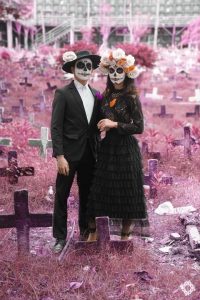
As All Soul’s Day or Dia de los Muertos is about to end, here are some interesting traditions and superstitions that Filipinos and Mexicans share:
1. IT IS NOT ON THE 31st OF OCTOBER
Dia de los Muertos or All Soul’s Day is not practiced on October 31st or on the Hallow’s Eve as many other western cultures practice; but we celebrate it on the 2nd of November. We celebrate November 1st as All Saint’s Day or the Day of the Holy, while in Mexico they call it Dia de los Innocentes or Dia de los Angelitos to commemorate the children who died too early in life.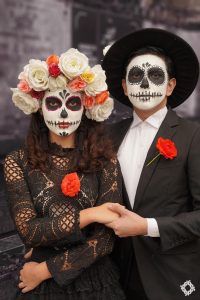
2. THE RITUAL
Both in Mexico and in the Philippines, we visit the grave of our loved ones and we clean it well. This is a ritual to honour their resting places and to let them know that they are never forgotten.
3. FLOWERS INVITE SPIRITS
In Mexico, they believe that the scent of flowers attract spirits. So the flower offerings are invitation to their dead loved ones to visit the living families. While in the Philippines, we believe that flowers offered to the dead exalt the souls and somehow fill in the sadness that we feel when missing our dead loved ones.
Most of the time, Filipinos choose all-white flowers to offer because white is the absence of colour, which means the absence of Joy and happiness. White also symbolises purity of soul which we hope our dead loved ones will attain as they journey to heaven. While in Mexico, they have the yellow Mexican marigolds as the official flowers of the dead that will guide them in their journey to the afterlife.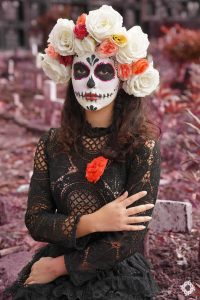
4. THE LEGEND OF THE MONARCH BUTTERFLIES
Both cultures believe that monarch butterflies are dead loved ones who visit us and show their appreciation that we have not forgotten them. A presence of monarch butterflies also means that our dead loved ones are always there guiding us and looking after us.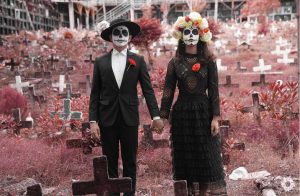
5. A PICNIC IN THE GRAVEYARD
Spending a night at the graveyard and picnicking with the rest of the family may sound very creepy to many; but to both Filipino and Mexican cultures, picnicking and spending a night at the cemetery is a must to show our love to our dearly departed. It is the only time in the year that families gather and tell stories of the dead loved ones and how colourful or how great their lives were.
6. FOOD FOR THE DEAD
In Mexico, they have what they call “ofrendas” or an altar where the pictures of their dead loved ones are displayed and offered with flowers, candles, and their favourite food. Very similar to the Filipino culture of cooking the favourite food of our dead loved ones and everyone in the family enjoys the food for dinner.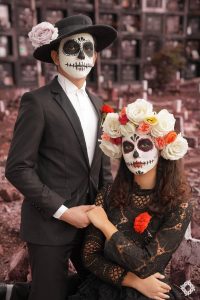
My family tradition involves me driving all the way to Colon street and buy that famous Snow Sheen’s “pancit canton”. This is my granddad’s favourite snack. Sadly, the old Visayan Restaurant is no longer there. My late uncle and my late grandpa love their sweet ad and sour fish. We also set up an “ofrenda” on their graveyard and eat their favourite food while picnicking in the cemetery. We do not spend a night in the cemetery; but while we are picnicking there, we usually play the songs of Pilita Corrales and Susan Fuentes that my late grandpa used to listen every afternoon while enjoying his coffee, pan de sal, and pancit canton.
What about your family traditions? Share your thoughts by commenting to this article.
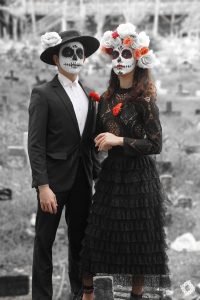 MODEL: Michael Joseph Mortola Enriquez & Alexis Wingfield
MODEL: Michael Joseph Mortola Enriquez & Alexis Wingfield
PHOTOGRAPHER: Gianne Paolo Anciano
HMUA/DESIGNER: Hazel Ocaba
STYLING: GPA Lifestyle + Clothing
Culture
Catch Ted Lasso the Emmy Award Winning Comedy Series on Apple TV+

Rating: *****/ *****
The multi award–winning comedy series airing on Apple TV+ is one of my favorite shows. Ted Lasso starring Jason Sudeikis is about a fun good-natured American football coached hired by a British soccer club (AFC Richmond in London) to become their new coach. In spite of the fact that Ted has no experience or knowledge about British football/soccer, his positive demeanor and charm helps him overcome the animosity of the team’s players, staff and fans. Eventually Ted wins over the team and the locals as they fight for position in the English Premier League.

The show won the 2021 Primetime Emmy Award for Outstanding Comedy Series and 7 Emmy Awards in its 2 seasons and Season 3 is just around the corner. You can catch Seasons 1 & 2 of Ted Lasso on Apple TV+
-
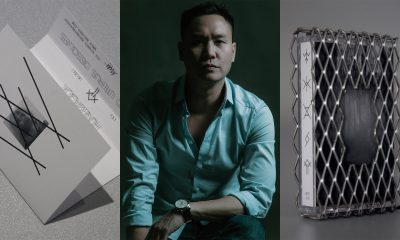
 Design3 months ago
Design3 months agoFilipino graphic designer makes history, joins Switzerland’s Museum of Avant-garde among genre’s greats
-
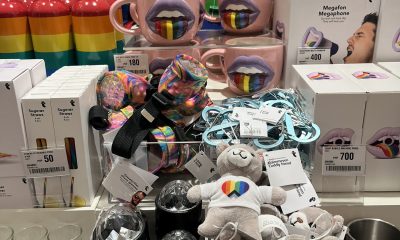
 Events4 weeks ago
Events4 weeks agoFlying Tiger Copenhagen Lands in Cebu
-

 Events2 months ago
Events2 months agoBVLGARI in Cebu
-

 Events2 months ago
Events2 months agoTrade in Your Old Watch and Save Big on a New Timepiece at The Watch Store
-

 Design3 months ago
Design3 months agoPottery Barn and West Elm Launches Designer’s Rewards Circle in Cebu
-
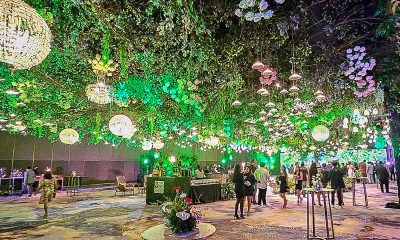
 Eats2 months ago
Eats2 months agoA Moving Feast: Cebu Food and Wine Festival 2024 Opens in NUSTAR Resort
-
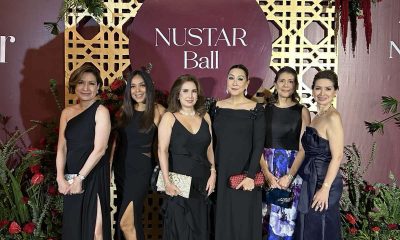
 Events3 weeks ago
Events3 weeks agoThe First NUSTAR BALL
-
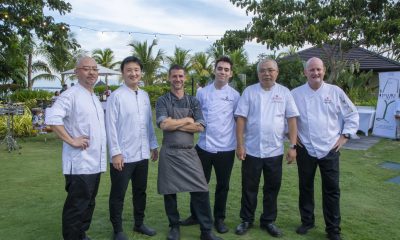
 Events2 weeks ago
Events2 weeks agoA Feast for the Senses


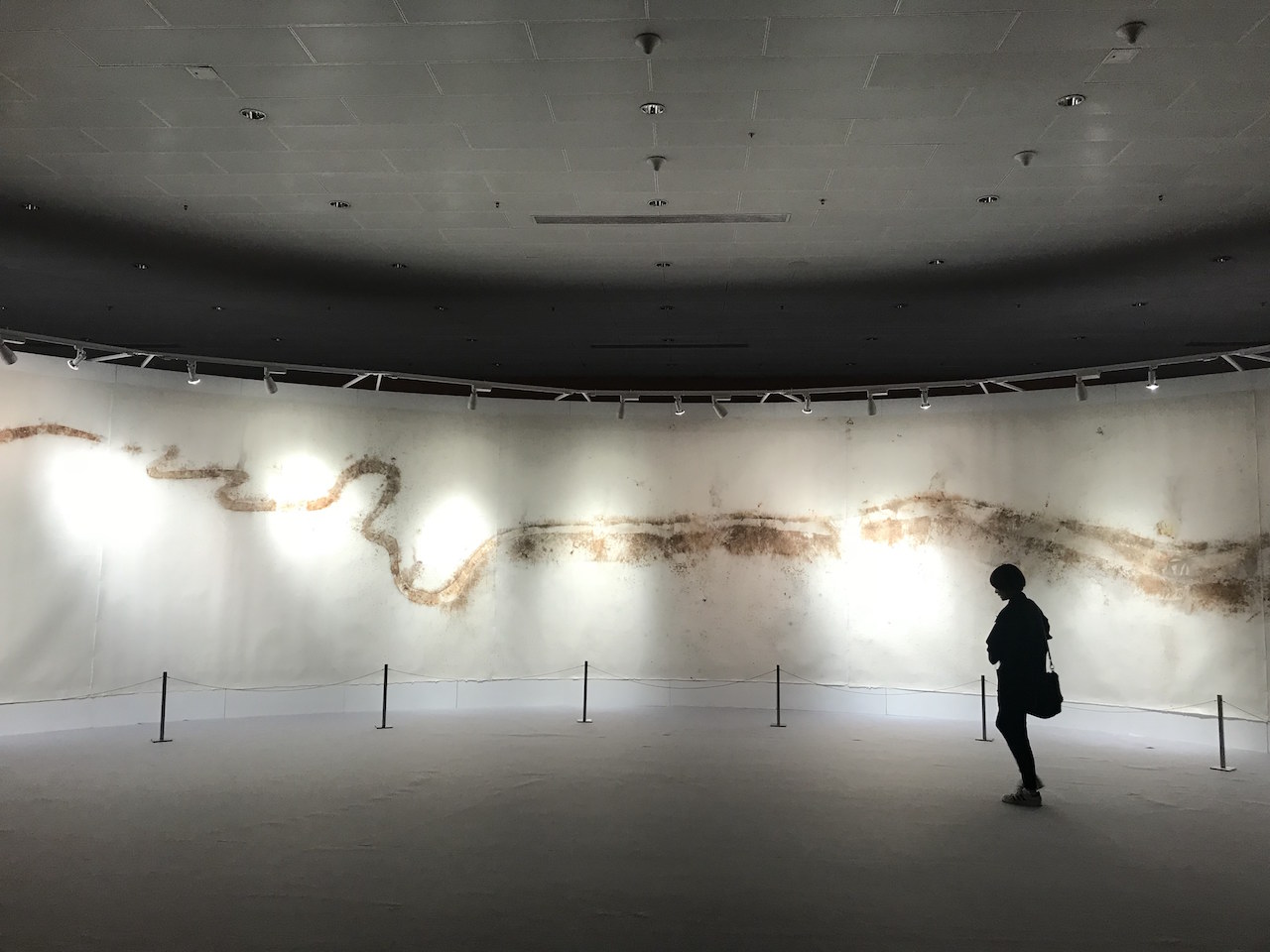
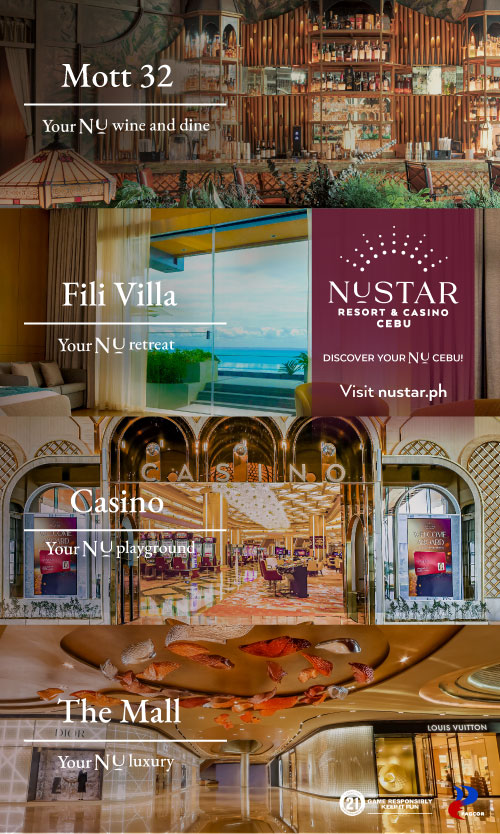






You must be logged in to post a comment Login